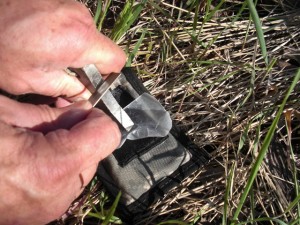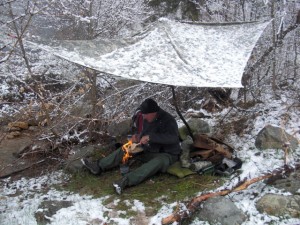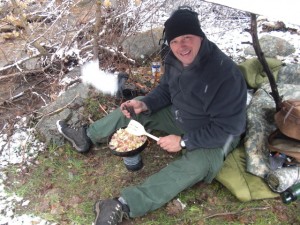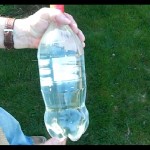There are many varieties of Thistle in North America and around the world. In this post we are covering the varieties in North America. Though all seem to be similar.
This plant is normally considered to be a nuisance due to it’s prickly nature and how quickly it spreads into areas around civilization. However, to the person lost in the woods, the abundance of this plant can truly be a lifesaver. It can be a valuable source of food.
This is borne out in the following story.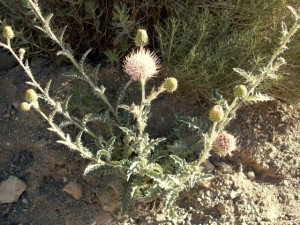
From the early 1800’s there were seeming mystical stories of a land in the West full of boiling mud, hot sulpher, geysers and many other wonders. People wondered if it was true or just some wild story. So in 1870 a group was formed to formally investigate what is now Yellowstone Park, in Northwest Wyoming.
One of the party members Truman Everts became separated from his party. A storm came up and somewhere along the line his horse bucked him and the resulting fall shattered his eye glasses. He was quite nearsighted and could not find his way.
Soon he was starving, cold from the snows, and had become badly burned from hot vents in the earth. Eventually he started eating the roots of a large thistle. This evidently saved his life. He was finally found 37 days later by a 2 man search party.
The roots of the first year plant, that is a plant with base leaves and no stalk, are edible, readily available, and tasty. The young green leaves can be used as salad greens after trimming the barbs on the leaves. The young stems on 2nd year plants can be peeled and eaten. Also the seed pods can be eaten when peeled and prepared like an artichoke.
The best plants as for flavor and tenderness are those growing in areas that are a little more moist. The roots are easy to prepare and can be eaten raw or cooked. Cooking breaks down the fibers in the plant and thus softens it, making tougher plants more palatable. If the only plants that can be found are tough, just boil them till tender.
Native Americans used the plant sap on cuts and sores. They used the stems extensively, peeling and eating them.
Wherever you can find Thistle, you can at least be assured of having a meal to keep you going. Learning what plants are edible is just like anything else, you start small and add to your knowledge a little at a time. Thistle is easy to recognize and a good place to start learning edible plants. Now go find some Thistle, and experiment with preparing and eating it, this knowledge will give you confidence.
Watch our Video on Thistle, click here
Until next time – Perry Peacock, Simplifying Survival




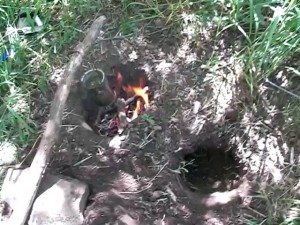
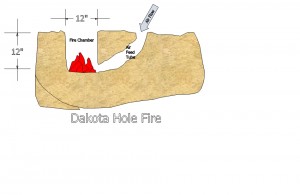
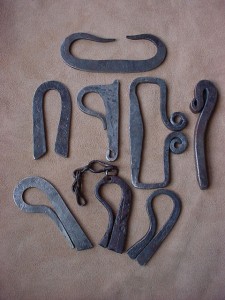
 Until next time, this is Perry Peacock – Simplifying Survival
Until next time, this is Perry Peacock – Simplifying Survival